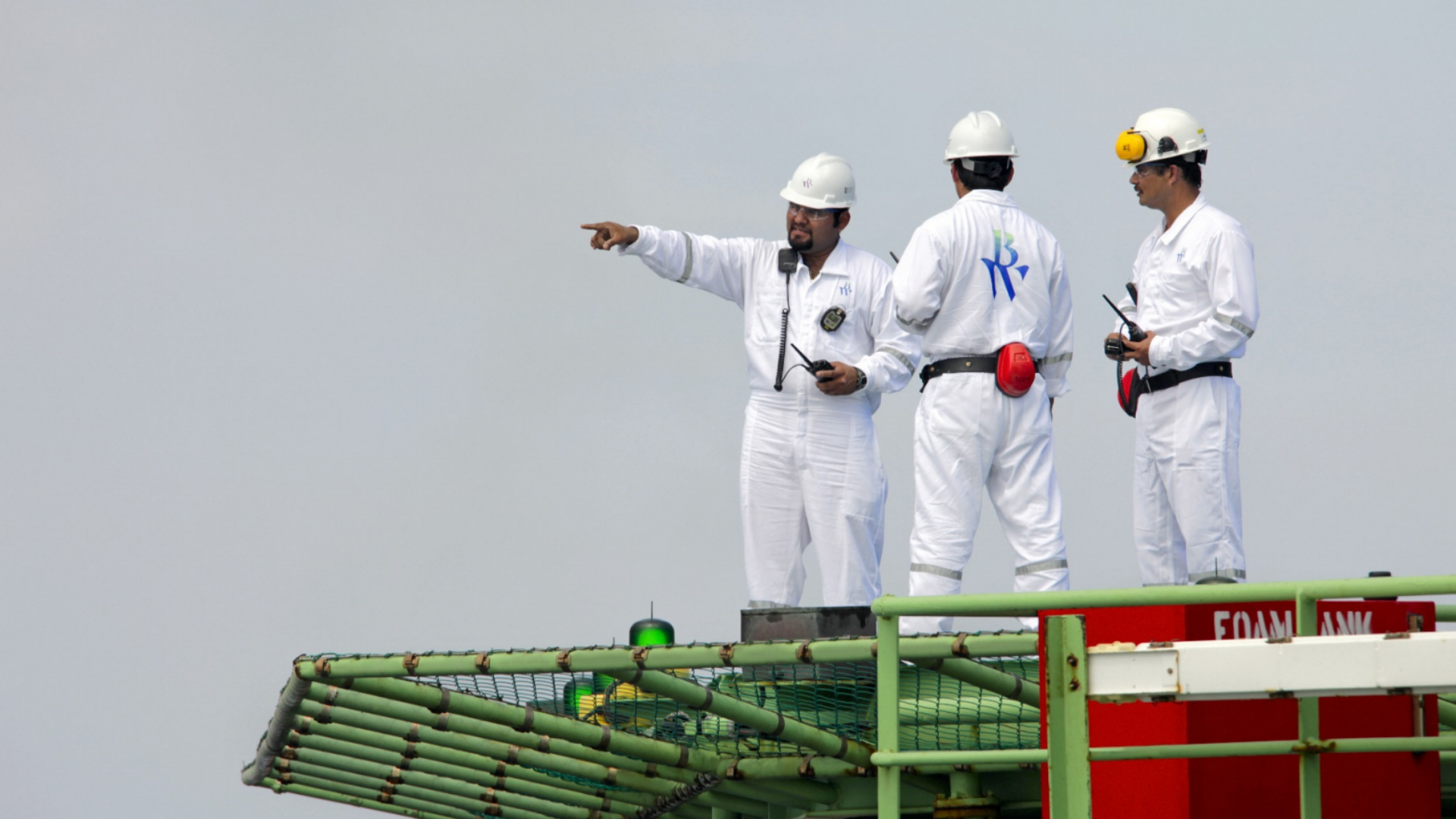BW Energy has just signed an agreement with Aquadrill LLC to acquire the semisubmersible drilling rig “Leo” for a total consideration of $14m. Surprisingly, the rig is not to be used for the company’s flagship Gabonese nor Brazilian assets, but for the development of the Kudu gas field offshore Namibia.
The acquisition of the “Leo” drilling rig follows indeed a new revised development plan for Kudu under which BW Energy plans to use a repurposed semisubmersible drilling rig as a Floating Production Unit (FPU).
1.3 Tcf of Gas Within Namibia’s Sole Production License
Despite about 1.3 trillion cubic feet (Tcf) of gas discovered and its ability to transform Namibia’s energy sector and resolve the country’s energy crisis, the Kudu gas field has remained undeveloped since its first discovery by ChevronTexaco in 1974.
Located 170 km off the coast of Namibia, Kudu has been subject to substantial drilling with seven appraisal wells drilled since its discovery: two by Swakor in 1987 and 1988, four by Shell in the 1990s, and one by Tullow Oil in 2007.
The field has had several operators as well since it was discovered: ChevronTexaco was followed by Swakor in the 1980s then Shell in the 1990s, then Energy Africa in the 2000s before the company was acquired by Tullow Oil in 2004 which led to the issuance of Production License 001 in 2005.
In the more recent past, Gazprom and national oil company NAMCOR took over the field for a short while in 2010 and 2011 (Production License 002) before operatorship was given back to Tullow Oil in 2011 (Production License 003).
The British multinational finally withdrew with its Japanese partners in 2014, and BW Energy has been operator since 2017 with a firm intention to bring the project to final investment decision (FID).
From the inability of parties to agree on a gas price to delays in obtaining governmental support packages and finalising costs, several factors have contributed over the years to constantly reschedule the project’s FID.
BW Energy Take Over and Revives Namibia’s Gas Ambitions
When BW Energy acquired the field in 2017, Kudu was estimated to contain 1C contingent resource of 755 billion standard cubic feet (Bscf), with 2C contingent resources estimated at 1.33 Tcf and 3C ones at 2.3 Tcf.
The development of the field still calls for the establishment of an integrated upstream-midstream-downstream venture to produce gas via a floating production unit (FPU) before exporting it to shore to generate electricity.
While initial plans envisioned a gas-to-power plant of up to 885 MW, the facility is expected to finally have half that capacity if commissioned. The latest Contingent Resources Report prepared by ERC Equipoise Ltd for BW Energy in January 2020 notably estimates gross contingent gas resources at 587 Bscf, enough to justify a 440 MW gas-to-power plant.
Full details on the Kudu Gas Project are available in the “Projects” section within your Hawilti+ research terminal.

